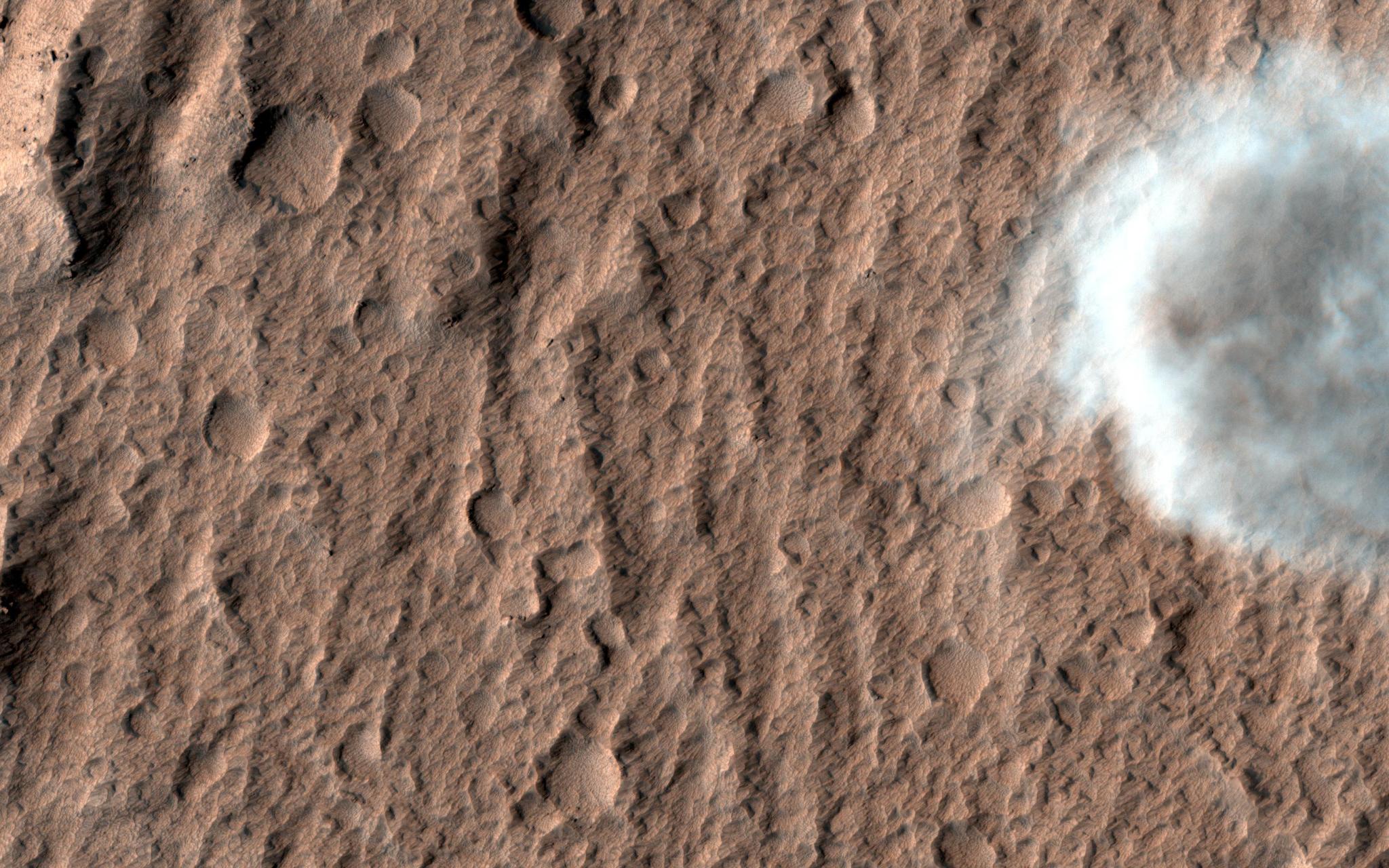Lunar dust exposure has not been a hazard since the 1972 Apollo missions. Data collected at that time has provided insight and many years of research. Due to the unique properties of lunar dust (and other celestial bodies), there is a possibility that exposure could lead to serious health effects (e.g., respiratory, cardiopulmonary, ocular, or dermal harm) to the crew or impact crew performance during celestial body missions. Limits have been established based on detailed peer-reviewed studies completed by the Lunar Atmosphere Dust Toxicity Assessment Group (LADTAG) and are specific to the conditions relevant to the lunar surface. The risk will need to be reassessed to ensure appropriate containment if samples are being stored in a habitable environment.

Directed Acyclic Graph Files
+ DAG File Information (HSRB Home Page)
+ Celestial Dust Risk DAG and Narrative (PDF)
+ Celestial Dust Risk DAG Code (TXT)
































